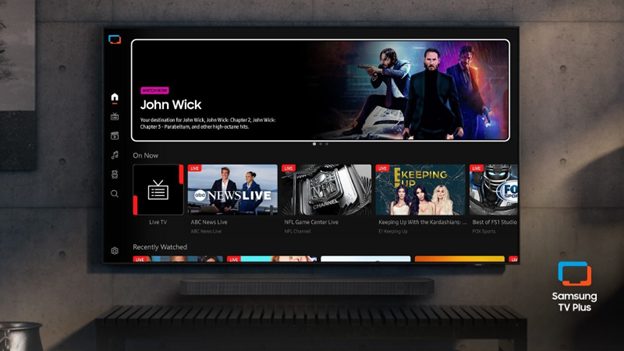Two news items showed that CubeSats are moving beyond devices created by academic institutions and amateur radio groups into commercial and military applications.
Langley Research Center recently issued a request for vendor quote for a deployable CubeSat antenna. The specifications:
Performance:
The antenna shall have two dipole antennae, linearly polarized and capable of a 1MHz band selectable between 400MHz and 480MHz.
Electrical Interface:
The antenna shall receive 3.3V power interface; have a 50 Ohm impedance load and be capable of 2W transmission power.
Command and Control Interface:
The antenna shall operate through I2C interface, use a 7bit addressing architecture, and receive a deployment command. The antenna also shall monitor deployment status and temperature Mechanical interface; connect with an SMA connector; have a 10cm cable length, and mount on the end face of a standard CubeSat chassis.
Environment & Testing:
The antenna shall operate over a temperature range from -30 to +70C
Pretty impressive for a shoebox-sized satellite!
As CubeSats move into commercial and military applications, not only do CubeSat antennas have to become more reliable, operators need a ground network that can track a CubeSat as it orbits the Earth. This week, at a meeting of 20 CubeSat industry leaders from academia, industry and government, Universal Space Network led an effort to develop a standardized communications package for CubeSats.
At the meeting, USN CEO John Williams explained, “Today, the ground infrastructure supporting SmallSat/CubeSat communications is not guided by any standard. This results in higher costs to everyone due to varied designs from UHF networks to higher-end government and university networks. By encouraging an industry-wide standard, SmallSat/CubeSat missions will be able to focus more on the operational, technological and science part of their missions. USN’s goal is to help facilitate an industry-wide ground network communications standard so costs for fielding SmallSats/CubeSats can be significantly reduced and more technology can be delivered to consumers around the world.”
More information on Universal Space Network can be found on its parent company's website, www.sscspace.com.
The professional video industry's #1 source for news, trends and product and tech information. Sign up below.

Doug Lung is one of America's foremost authorities on broadcast RF technology. As vice president of Broadcast Technology for NBCUniversal Local, H. Douglas Lung leads NBC and Telemundo-owned stations’ RF and transmission affairs, including microwave, radars, satellite uplinks, and FCC technical filings. Beginning his career in 1976 at KSCI in Los Angeles, Lung has nearly 50 years of experience in broadcast television engineering. Beginning in 1985, he led the engineering department for what was to become the Telemundo network and station group, assisting in the design, construction and installation of the company’s broadcast and cable facilities. Other projects include work on the launch of Hawaii’s first UHF TV station, the rollout and testing of the ATSC mobile-handheld standard, and software development related to the incentive auction TV spectrum repack. A longtime columnist for TV Technology, Doug is also a regular contributor to IEEE Broadcast Technology. He is the recipient of the 2023 NAB Television Engineering Award. He also received a Tech Leadership Award from TV Tech publisher Future plc in 2021 and is a member of the IEEE Broadcast Technology Society and the Society of Broadcast Engineers.
